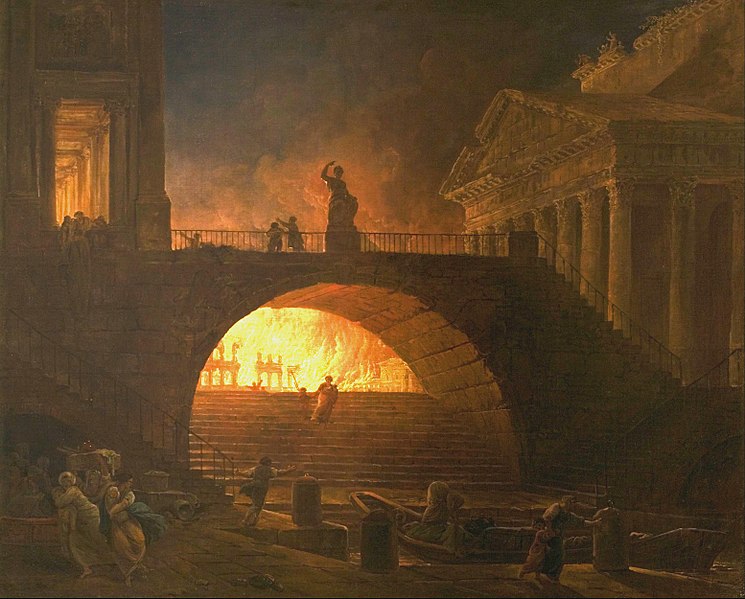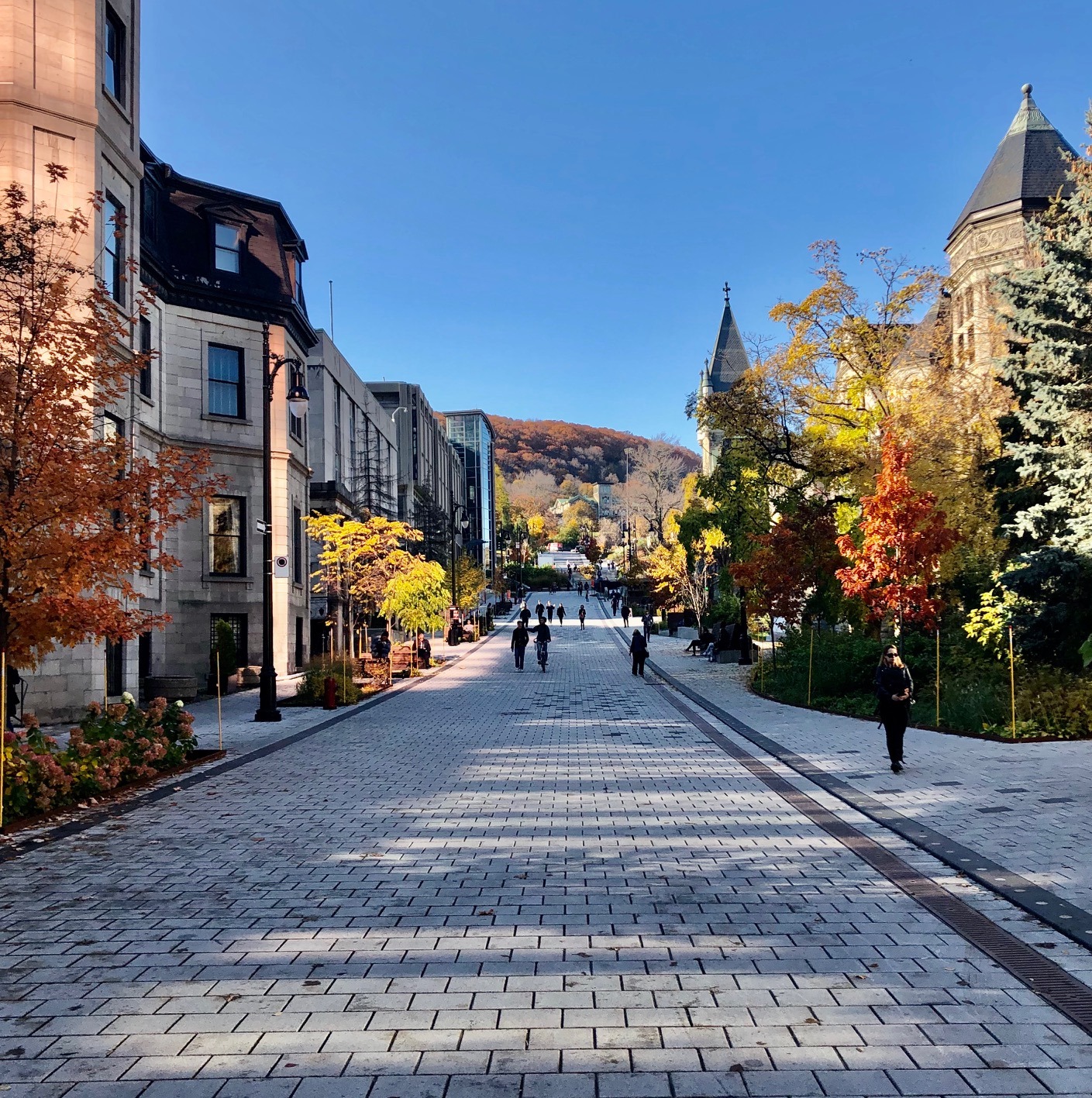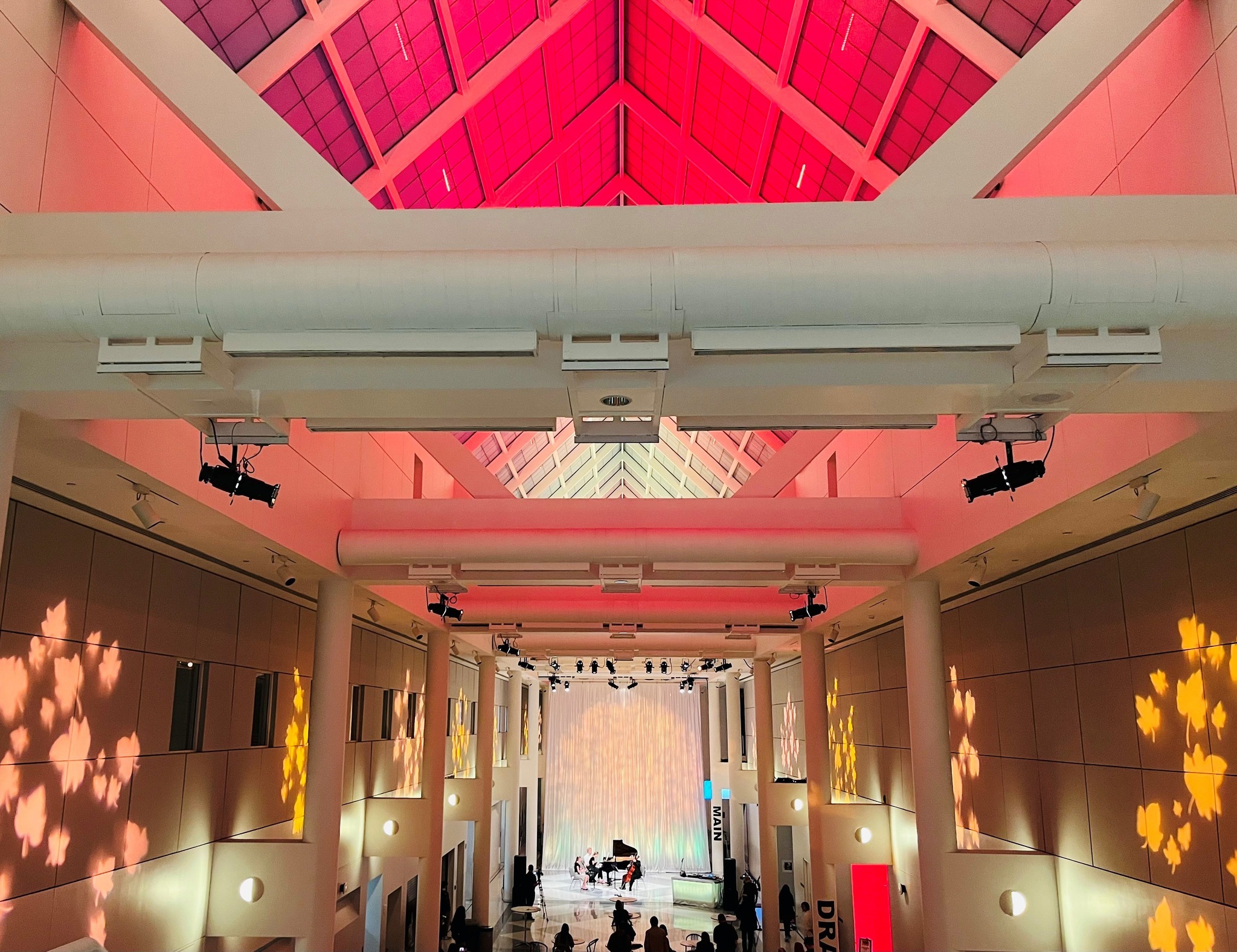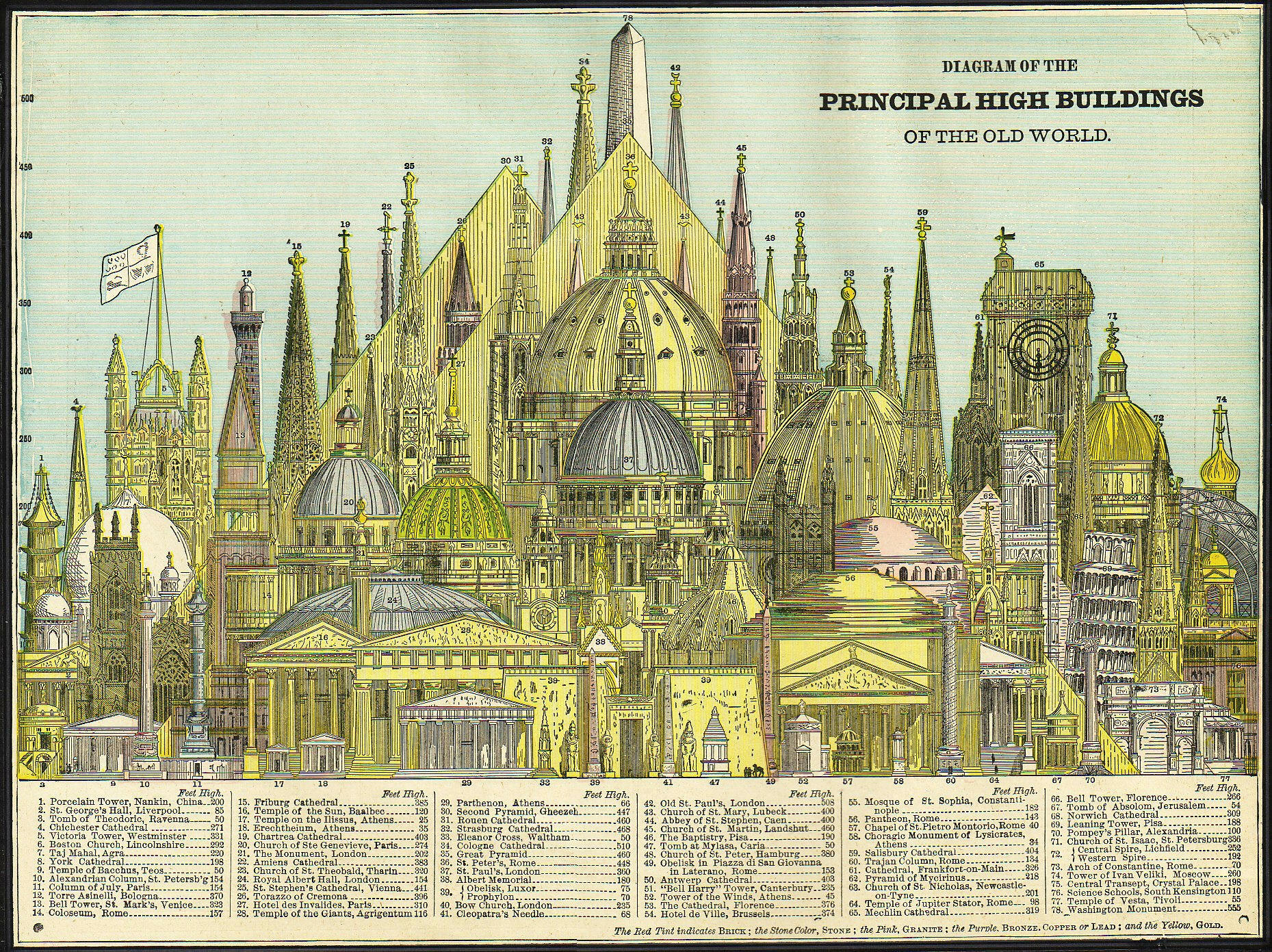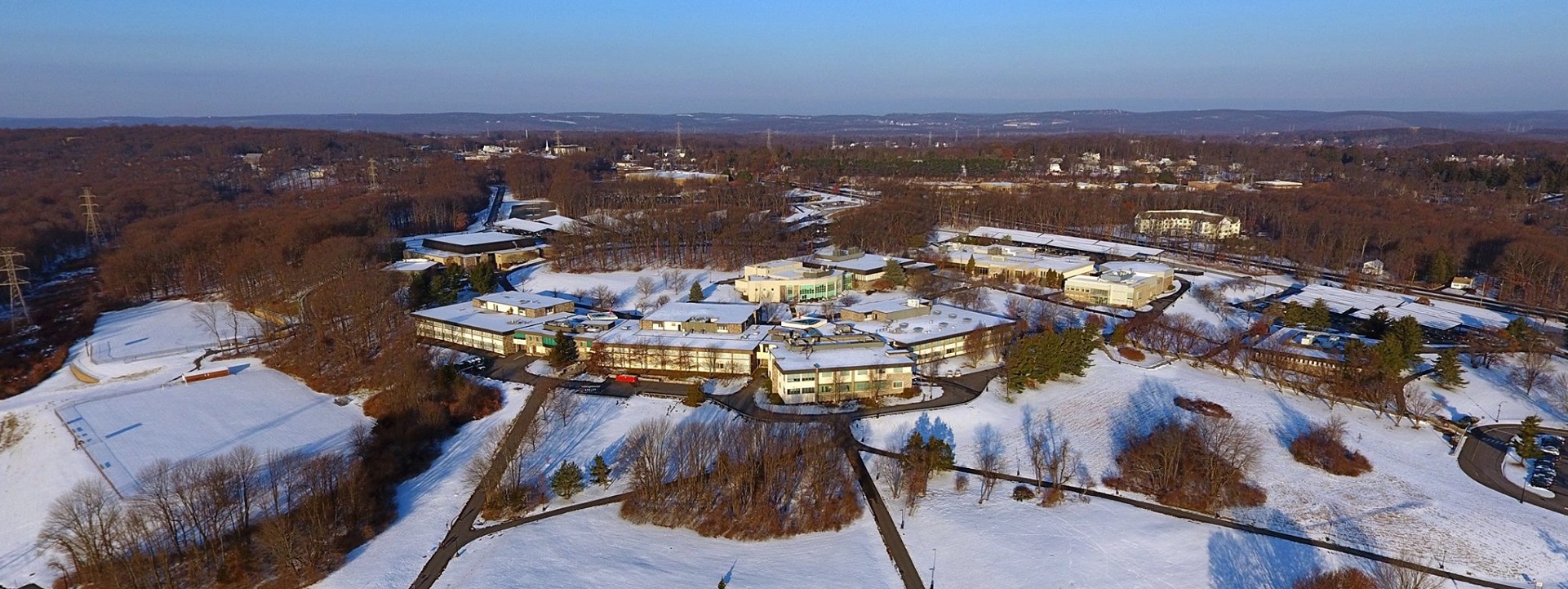NFPA 1 Fire Code does not have a specific section dedicated solely to painting facility safety. However, there are several sections within NFPA 1 that address fire safety requirements relevant to painting facilities. These sections provide guidelines and standards for various aspects of fire prevention and protection. Here are some key sections within NFPA 1 that are relevant to painting facility safety:
- Chapter 10: Hazardous Materials: This chapter outlines requirements for the storage, handling, and use of hazardous materials, including paints, solvents, and flammable liquids. It covers topics such as storage limitations, ventilation, spill control, and fire protection measures.
- Chapter 13: Spraying, Dipping, and Coating Using Flammable or Combustible Materials: This chapter addresses specific fire safety requirements for spray booths, spray rooms, and dip tanks used in painting and coating operations. It covers aspects such as construction, ventilation, electrical equipment, ignition sources, and fire suppression systems.
- Chapter 15: Spraying and Dipping Operations: This chapter provides general requirements for spray finishing operations, including safety precautions, ventilation, electrical equipment, and handling of flammable or combustible materials.
- Chapter 16: Combustible Dust-Producing Operations: While not specific to painting, this chapter is important for facilities that generate combustible dust during surface preparation or other operations. It addresses fire and explosion hazards associated with combustible dust, providing requirements for dust control, ventilation, equipment, and other safety measures.
These sections highlight key areas within NFPA 1 that can guide painting facility safety. It is essential to consult the latest edition of NFPA 1 and any applicable local or state fire codes to ensure compliance with the most up-to-date requirements and regulations specific to your location and facility type.
UpCodes: Free Access to State Variations of NFPA 1
We maintain this title, and related titles in the NFPA catalog on the standing agenda of our periodic Paint colloquia; open to everyone. Use the login credentials at the upper right of our home page.



